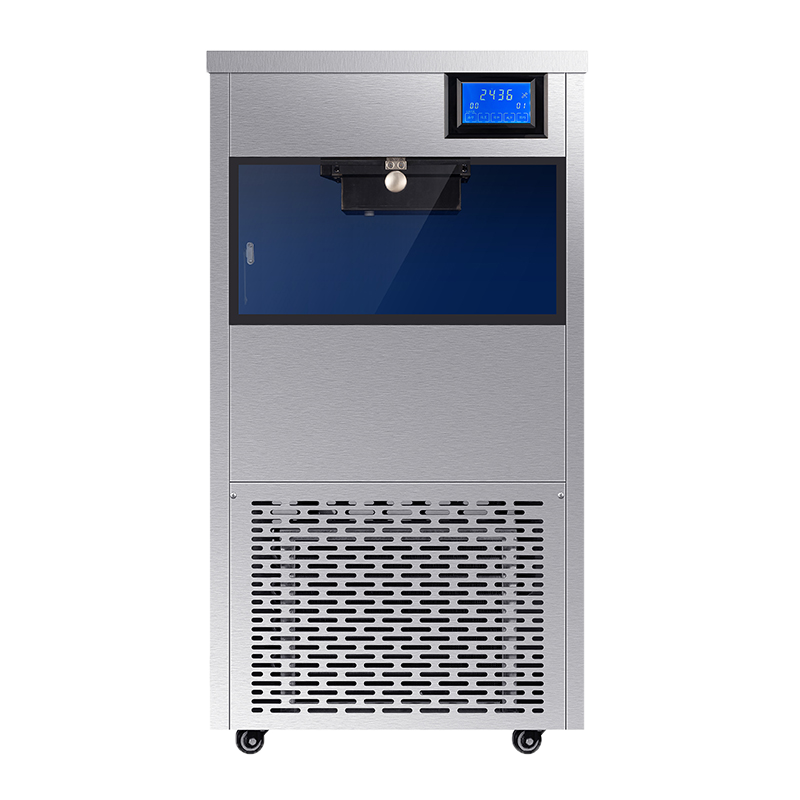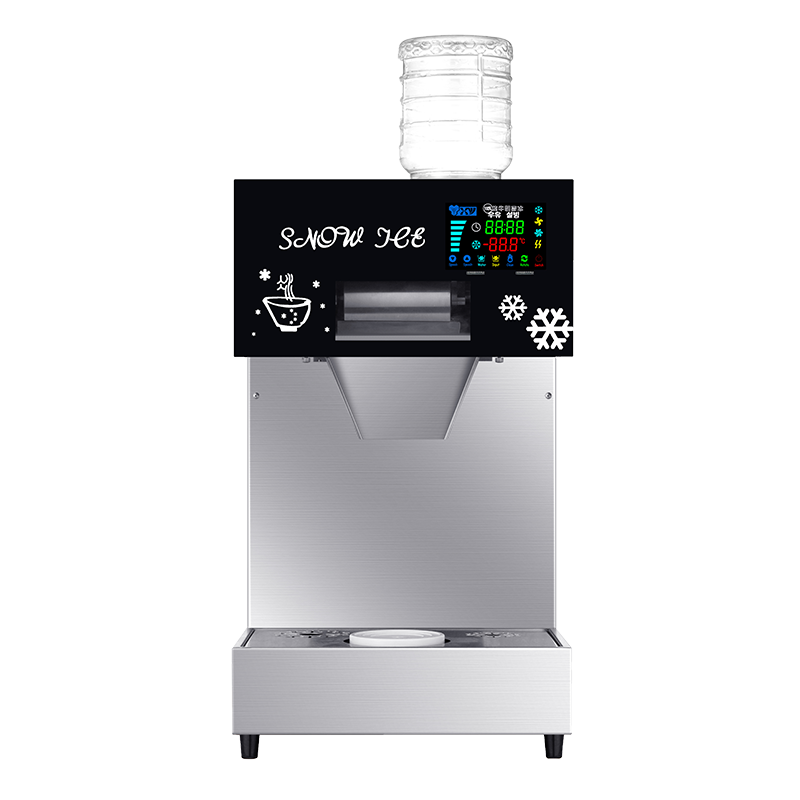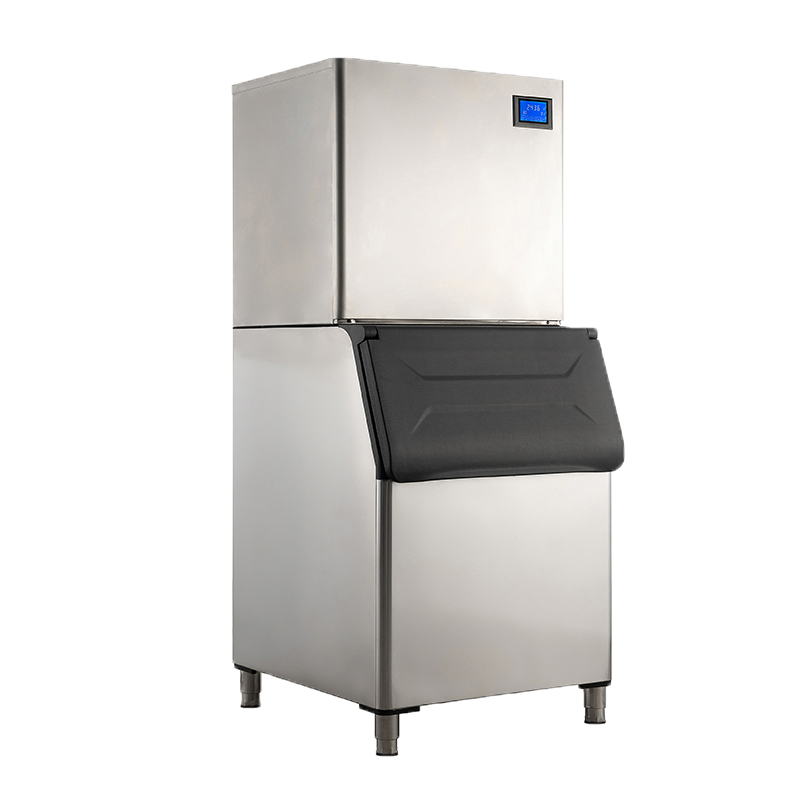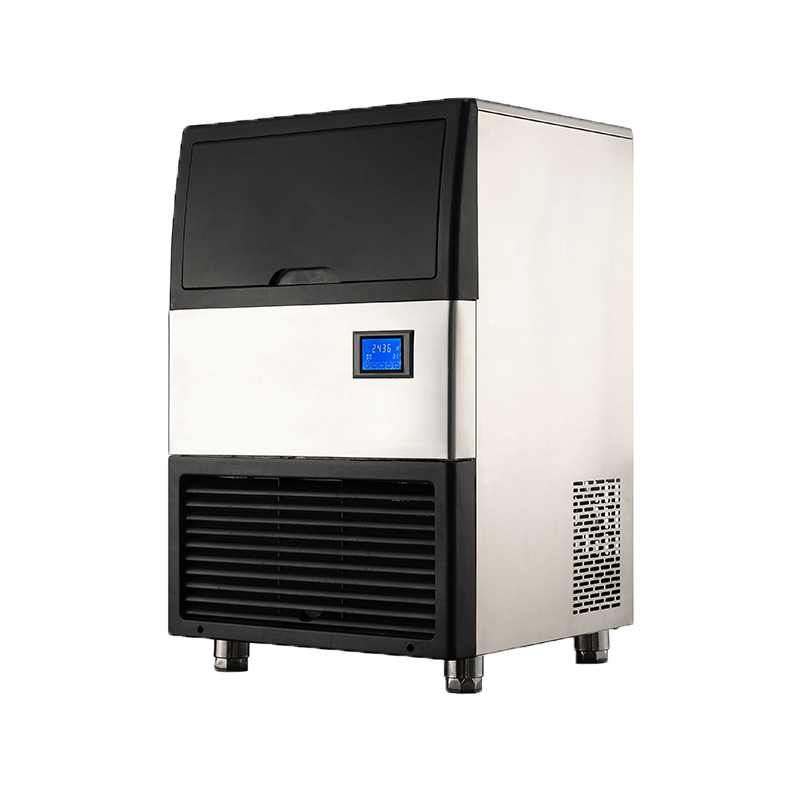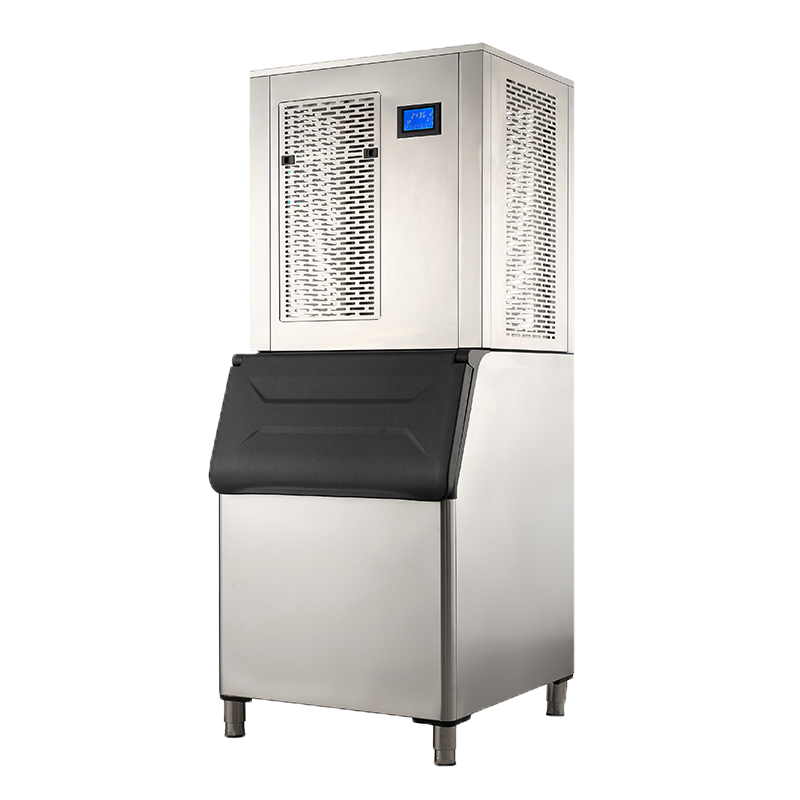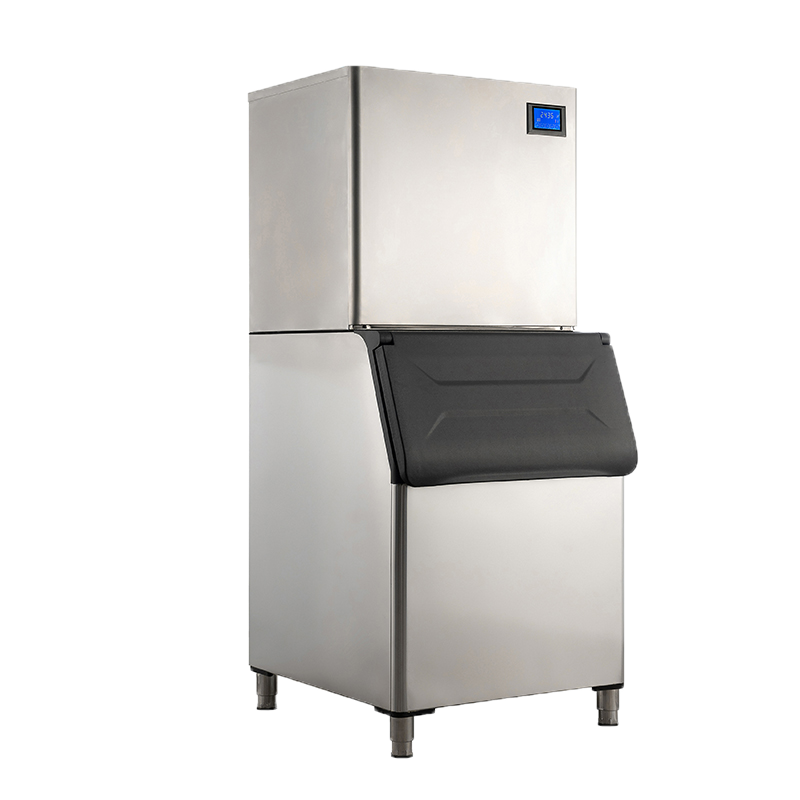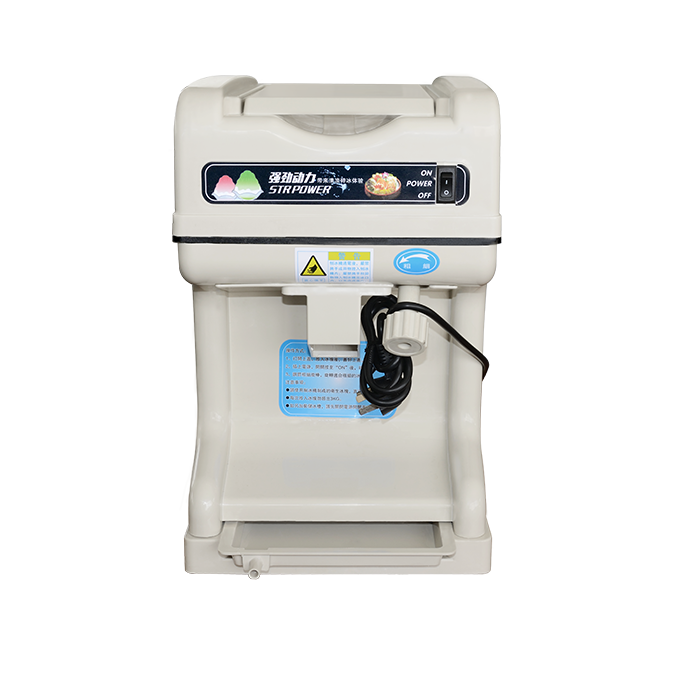Have you ever wondered why it seems to take forever for your ice maker to produce a fresh batch of ice? Whether it's for a refreshing drink on a hot summer day or to chill your favorite beverage, waiting for 24 hours can be quite a test of patience. Let's delve into the fascinating world of ice making and explore the reasons behind this seemingly prolonged process.
The first thing to understand is that most modern ice makers follow a similar process, regardless of their size or design. The key components include a water supply, a cooling system, and a mechanism for releasing the ice once it's formed. Typically, ice makers use a simple yet effective method to create ice: they freeze water in a mold and then release the ice into a collection bin.

So, why does it take a full day for this process to complete? The primary factor at play here is the method of cooling. Most household ice makers use a refrigeration cycle that involves lowering the temperature of the water to its freezing point. This process takes time, as the surrounding environment and the initial temperature of the water both affect the overall duration.
Another crucial aspect to consider is the size of the ice cubes being produced. Larger ice cubes naturally require more time to freeze completely, as the process of cooling the entire volume of water takes longer. This is why some ice makers offer the option to select different sizes of ice, with larger cubes often taking longer to produce.
Furthermore, the design and efficiency of the ice maker itself play a significant role. Some models use more advanced cooling systems, which can expedite the ice-making process, while others may be more basic and consequently take longer to produce ice.
It's also worth noting that the 24-hour time frame is not a universal standard for all ice makers machines. The duration can vary based on the specific model and manufacturer, as well as the environmental conditions in which the ice maker is operating. Factors such as ambient temperature, humidity levels, and the frequency of use can all impact the time it takes for an ice maker to produce ice.

To optimize the ice-making process and reduce the waiting time, there are a few practical steps that can be taken. Ensuring that the water supply is at an optimal temperature, maintaining the ice maker regularly, and minimizing the frequency of opening the freezer door can all contribute to faster ice production.
In conclusion, the 24-hour cycle for ice production in most ice makers is a result of the intricate interplay between cooling systems, water volume, and environmental conditions. While it may seem like a long wait, understanding the science behind the process can help us appreciate the complexity and precision involved in creating those refreshing ice cubes we rely on every day.
So, the next time you find yourself eagerly awaiting a fresh batch of ice, remember that there's an intriguing scientific journey taking place inside your ice maker, and it's all part of the meticulous process that brings those cool, satisfying cubes to your glass.
As you delve deeper into the world of ice making, consider exploring our expertise as professional manufacturers and exporters of commercial ice makers. With our dedicated technical team and manufacturing facility, we are committed to delivering high-quality products and exceptional service. Trust us as your reliable partner in providing top-tier solutions. Visit our website to learn more about our comprehensive offerings and why we stand as a trusted name in the industry.


